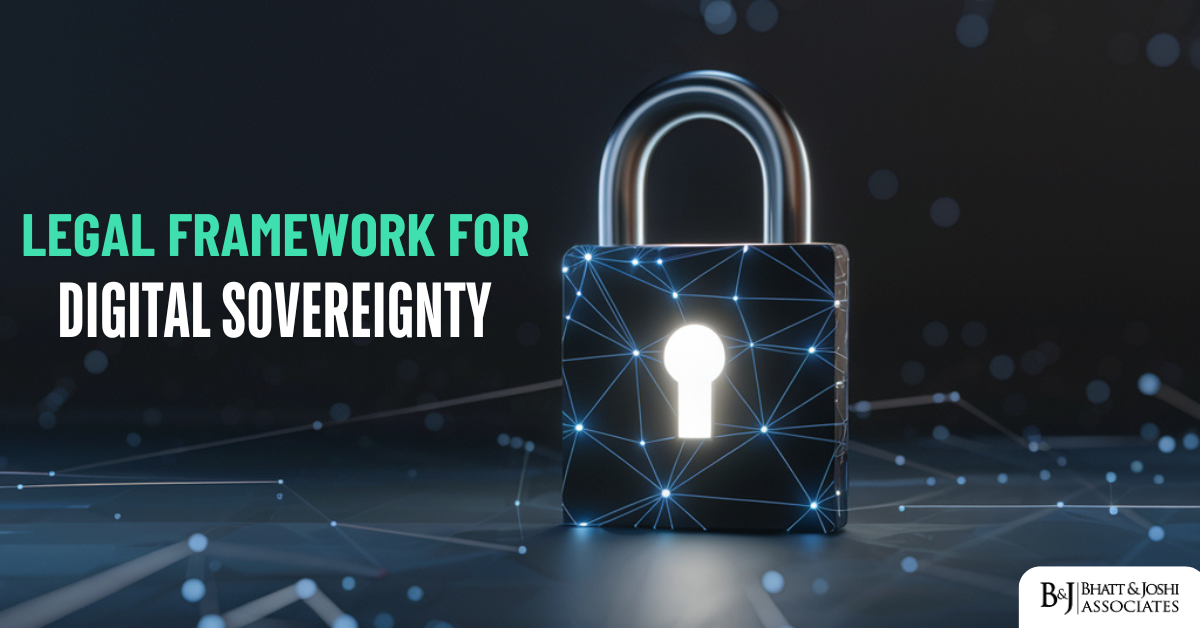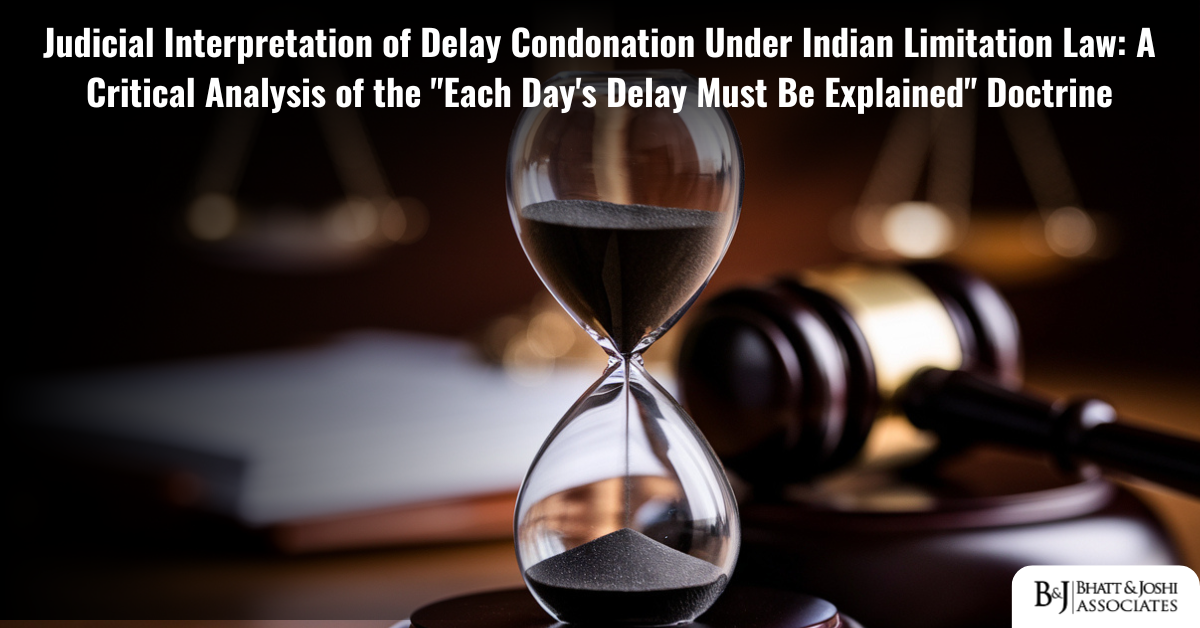Introduction
Taking into consideration a country’s ability to maintain control of its technological assets, data and digital infrastructure, digital sovereignty can be defined as the status of individual countries having the ability to govern themselves in the digital domain. The rapid development of technology coupled with the growing availability of the internet has made issues of digital sovereignty increasingly important. This construct has in addition come to cover the questions of how states control themselves in the digital environment, such as by regulating data flow, protecting cyberspace and controlling essential technologies. The issue of how to exercise these sovereign powers is also coming to be considered through processes of international relations and law. Digital sovereignty helps more than just the protection of national interests it also enables the protection of privacy and the answer to corporate moral and social responsibility as well as morality in the advancement of technology. This article details everything that affects the legal regulation of digital sovereignty encompassing laws, case laws and the most important judicial decisions which determine the direction of regulation.
The Concept of Digital Sovereignty
Digital sovereignty represents the nation’s ability to regulate and control its digital assets including data storage, processing and infrastructure within its territorial boundaries. This is in part recognising the broader concept of state sovereignty in the digital domain. The growing use of technology for governance, economic operations and societal interactions shows the need for a robust legal framework to ensure digital sovereignty. At its heart, digital sovereignty is the need to ensure that digital infrastructures such as servers, software and communication networks remain within the control of the state and are not subject to interference from foreign entities. Furthermore, it is desired for citizens’ data to be protected from exploitation by multinational corporations or foreign governments. In recent years geopolitical tensions and trade disagreements have increased the importance of digital sovereignty as nation states understand the strategic significance of what they can control over their digital environment. States are constantly seeking to ensure that citizen’s data is not abused by foreign entities in which they do not have pre-agreed upon consent by an external jurisdiction. This objective requires a balance to be reached between the protection of national interests and adherence to current and past international trade and data-sharing agreements. The increasing influence of multinational technology companies has complicated matters, as they operate across many jurisdictions which makes regulation a very difficult proposition to solve.
Legal Frameworks Governing Digital Sovereignty
International Legal Frameworks
Digital sovereignty is regulated by international treaties, agreements, and guidelines which vary in scope. The Budapest Convention on Cybercrime, for example, seeks to deal with internet-related crimes and promote international collaboration. At the same time, it has been criticized for allowing state data access through the border without sufficient consent which is considered a violation of state sovereignty. This situation underscores the challenge of crafting agreements that states find universally acceptable as far as sovereign rights are concerned, while achieving global engagement is a requirement.
The Tallinn Manual on the International Law Applicable to Cyber Warfare is yet another document of profound importance in this regard. It is not a statute, but it suggests how international law should guide cyber activities and warfare. It delineates the delineation of state obligations bordering on responsibility and authority in cyberspace with the expectation that each state will establish adequate laws to govern its domain.
Other frameworks such as the UN Guiding Principles on Business and Human Rights focus on the obligation of businesses to uphold human rights as they conduct their digital operations. On the other hand, the General Agreement on Trade in Services (GATS) offered by the World Trade Organization (WTO) establishes principles for conducting trade over the Internet but tends to conflict with the exercise of national digital sovereignty, such as requirements for data localization.
National Legal Frameworks
Asserting digital sovereignty has become a global trend with countries adopting specific laws and regulations for its enforcement. Here are some notable examples:
Within the European Union, there is a transnational legal framework known as the General Data Protection Regulation (GDPR). It enforces strict data protection policies not only within EU member states but also for foreign entities dealing with EU citizens’ data. GDPR showcases how digital sovereignty can be exercised when organizations are required to observe data protection protocols regardless of their geographical jurisdictions. Its extraterritorial scope obligates foreign countries processing data of EU nationals to comply with the regulation, therefore ensuring the EU’s might beyond borders.
In the United States, the federal government has not yet implemented comprehensive data protection laws. Indeed, there are sector-verified laws such as the Health Insurance Portability and Accountability Act (HIPAA) and the California Consumer Privacy Act (CCPA) that provide some level of protection. The CLOUD Act (Clarifying Lawful Overseas Use of Data) also exemplifies the application of U.S. law to data stored in other countries, which often causes conflicts of jurisdiction. This demonstrates the U.S.’s focus on law and order alongside national security.
Through the localization of data and other cross-border relations, China’s Cybersecurity Law and Data Security Law pay special attention to various policies. These laws give the state unprecedented authority over digital affairs by ensuring that critical data stored in China remains within the country’s borders. Additionally, the Personal Information Protection Law (PIPL) pairs personal data with a distinct form of protection and also has data protection clauses like the GDPR but with significantly more state control.
With the Digital Personal Data Protection Act of 2023, India also joins the list of countries attempting to claim digital sovereignty. This legislation intends to control data processing operations and be responsible for data from any information system which belongs to an Indian citizen. The Act’s provisions for data localization and the creation of a Data Protection Board reflect India’s attempt at managing privacy and security rights.
Regulation of Digital Sovereignty
Just like any other political domain, legislation, administration, and to some extent enforcement come together to form the structure of digital sovereignty. Most governments create a special regulatory body or department responsible for the supervision of internet activity and ensuring adherence to national legislation. For example, both the EU’s Data Protection Authorities (DPAs) and the American Federal Trade Commission (FTC) have separate jurisdictions, but both share the responsibility for consumer privacy and data protection issues in their respective areas.
Moreover, international treaties, as well as diplomatic and trade agreements are just as important in defining the scope and boundaries of digital sovereignty. Member nations form qualitative protocols which balance economic exchange and the ethical treatment of citizens’ data. The EU and US are currently debating the EU-US Data Privacy Framework, which aims to facilitate the transfer of data across the Atlantic while complying with the rulings of the Schrems II case. Such agreements often receive heavy criticism for lacking sufficient measures against unauthorized foreign spying.
In the same light, interpretation of the law has a major impact on digital sovereignty. Increasingly, courts in various countries have to deal with cases of restriction associated with geolocation, data movement, invasion of privacy, and conflict of laws among nations, which all have borders, but no clear boundaries. Through these judicial actions, states are provided with the limits and logic, which the law imposes on digital sovereignty concerning the rights and powers of each state, the corporations, and the individuals.
Key Case Laws and Judicial Precedents
One of the most important cases regarding digital sovereignty is Google LLC v. CNIL, which was ruled in 2019. The Court of Justice of the European Union (CJEU) made a ruling on the spatial jurisdiction of “the right to be forgotten” within the scope of the GDPR. The court found that search engine operators are required to remove information from their EU domains, but not from the rest of the world. This ruling exemplifies the scope of boundaries of digital sovereignty as well as the battle between local and international legislation.
Microsoft Corp. v. United States (2018) is a classic U.S. case that deals with if the U.S. authorities had the power to force Microsoft to provide emails stored in Irish servers. With the introduction of the CLOUD Act, this case went moot, but it certainly brought into focus national jurisdiction against cross-national borders data storage. This case also helped put into focus the power domestic laws could employ beyond their borders and international cooperation to resolve these issues.
The Schrems I and II cases (2015, 2020) are especially important when it comes to data transfers between the EU and the U.S. These landmark rulings called into question the legitimacy of the Safe Harbor and Privacy Shield agreements, respectively. The CJEU struck down both accords due to a lack of protective measures for EU citizens’ data within the United States, further emphasizing the need for strong safeguards when claiming digital sovereignty. Such decisions have forced the EU and the U.S. to come up with new agreements which try to address the concerns of privacy and, at the same time, enable data exchange across the Atlantic.
In India, the most notable decision is Justice K.S. Puttaswamy v. Union of India (2017) where the court attributed the right to privacy to the fundamental rights guaranteed under the Constitution. That case initiated the development of data protection policies and called attention to the duty of the state to protect citizens’ digital rights. In addition, the ruling sought to achieve a balance between one’s privacy and the interests of the state concerning security and governance.
Challenges to Digital Sovereignty
Pursuing digital sovereignty is not a walk in the park; there are inter-jurisdictional issues, technological dependencies, and the strife between securing information and invading privacy. For instance, the Microsoft United States case illustrates how the international boundaries of the internet can lead to controversies. Nations are required to resolve those disputes while safeguarding their sovereign interests and encouraging diplomacy.
Technological dependence makes claiming sovereignty over digital spaces more complex. Countries that are dependent on external technologies can’t have sovereignty, since they are chained to foreign service providers for the vital infrastructure and services. A dependency could be lessened if there was a drive towards innovation and the development of infrastructure. However, these strategies necessitate great resources and motivation from the government.
Governments have a hard time striking a balance between protecting the security of the nation and the privacy of the individual. Overreach into people’s cyberspace in the name of fighting crime or terrorists can lead to anger and rejection. The need for legislation to give back-door access to secured communication will, for example, be opposed by privacy champions and IT firms.
Policies such as data localization often interfere with international business, trade, and cooperation. Data localization is helpful because it gives greater control, but it can also increase restrictions on businesses and their access to foreign markets. Finding local limits that do not harm global cooperation is, therefore, a key challenge for global policymaking.
Future of Digital Sovereignty
With advances in technology, artificial intelligence, quantum computing and blockchain technologies will pose new issues for digital sovereignty. The legal policies of countries need to adapt to these changes within the scope of international standards.
The development of AI poses distinct problems and possibilities for the concept of digital sovereignty. Countries must engage in healthy competition to manage the ethical issues concerning AI’s development and usage. Equally, as advancements are made in quantum computing, new security measures will need to be implemented to protect digital assets as current encryption standards are disrupted.
Equally, a multilateral approach to setting standards is required to deal with the increasingly digital nature of the world. The creation of a Global Digital Compact is an example of an initiative that strives to ensure a collaborative approach and flexible governance. It captures how national responsibilities must merge with international considerations in the modern world.
Conclusion
Digital sovereignty is an evolving concept which reflects the intersection of law, technology and policy. The effective implementation of digital sovereignty requires robust legal frameworks, vigilant regulation and effective adjudication. While challenges continue to exist there is a requirement for continued debate as the protection of national trade and the rights of individual citizens remain still very important in today’s interconnected world. Through the use of a combination of national legislation international cooperation and technological innovation nations may navigate the complexities of the digital age and uphold their autonomy. As technology continues to advance, digital sovereignty will remain a potent basis of governance in the 21st century.














